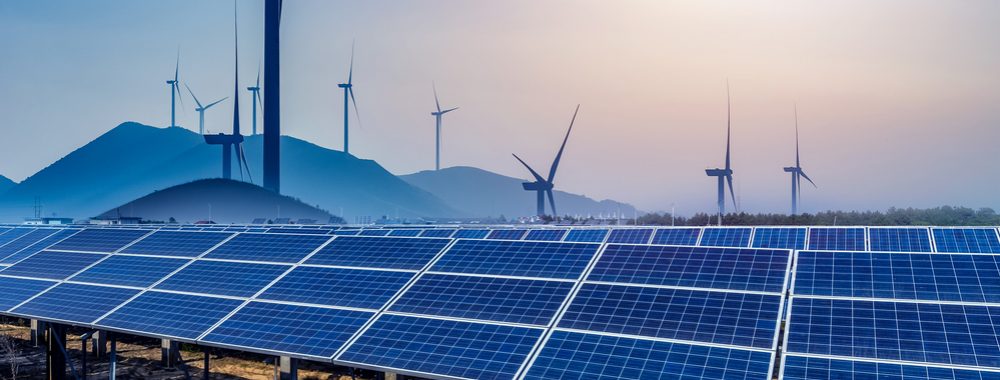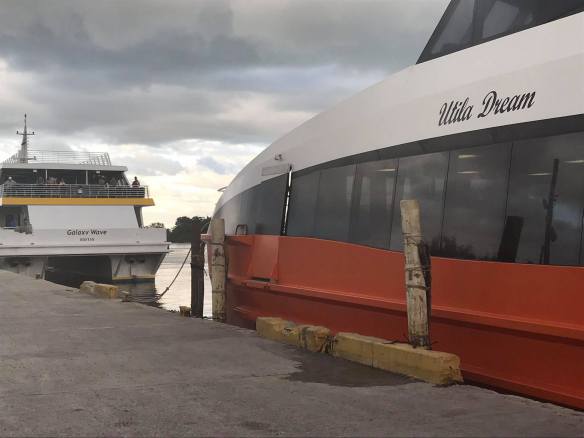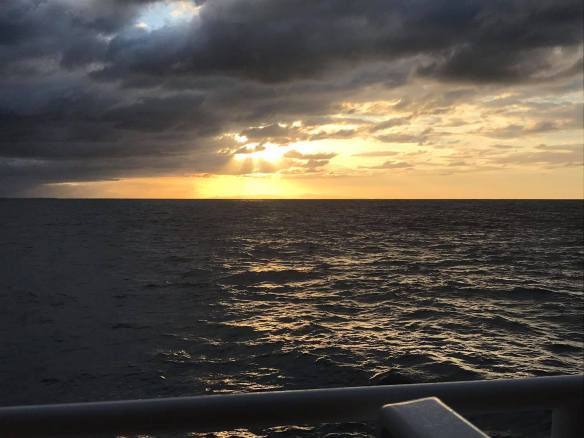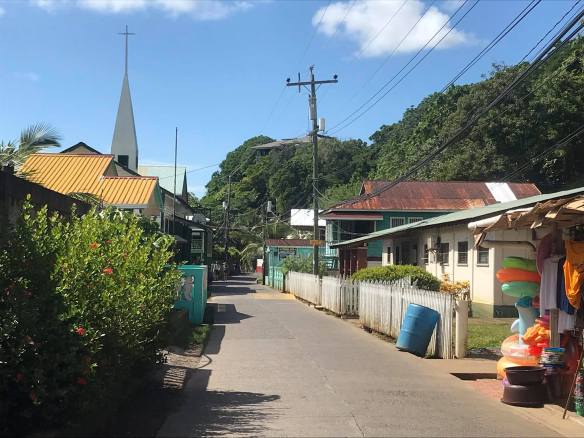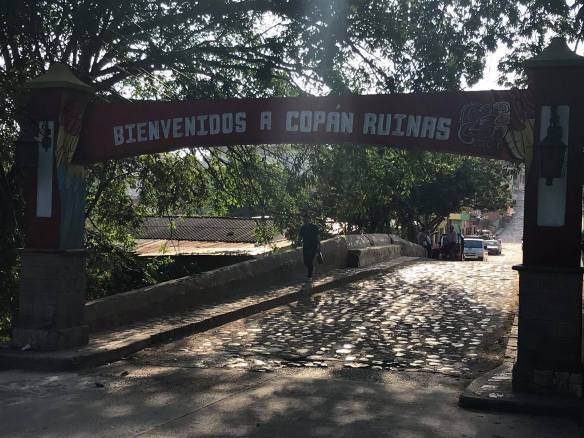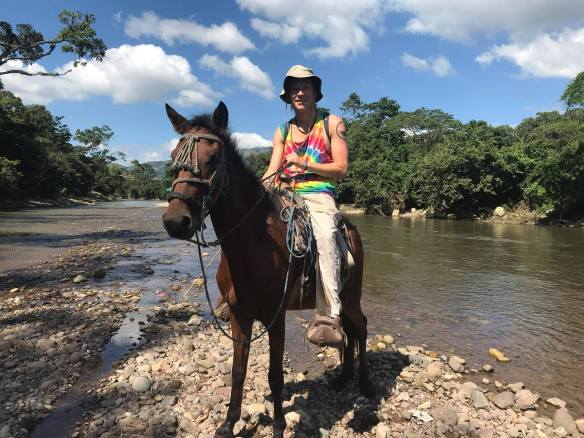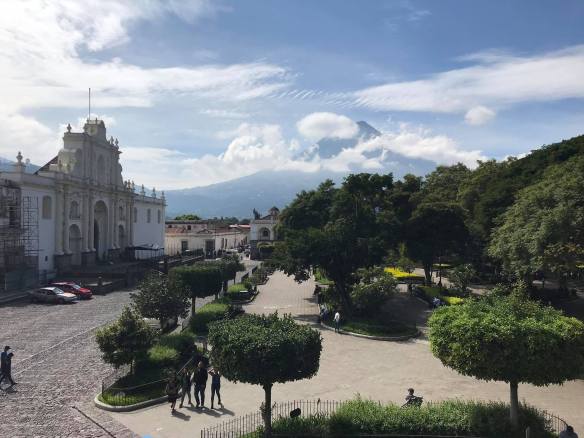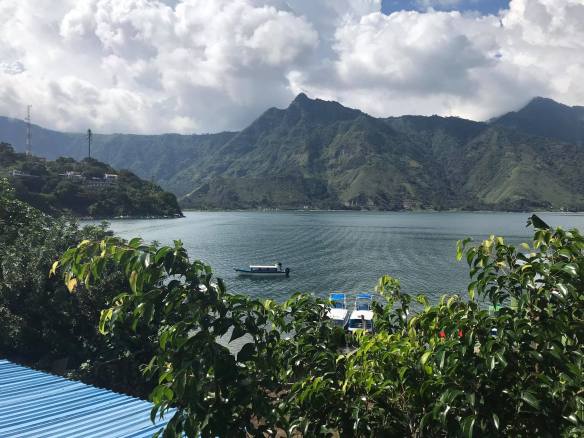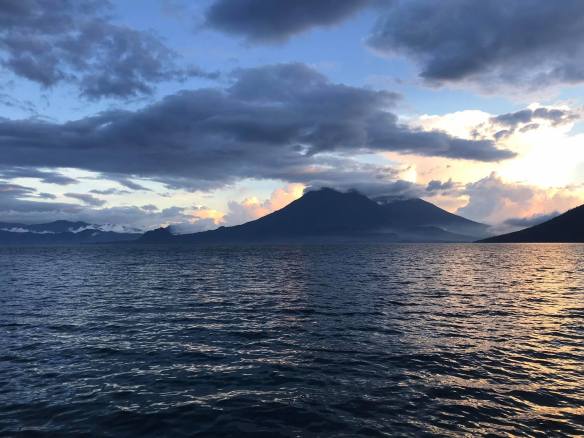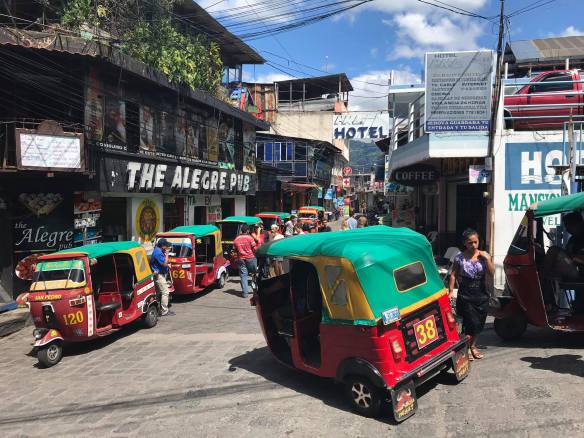Today is Earth Day: a day to honour our planet and all that it does for us. But this year it is special; it is the 50th anniversary.
The first Earth Day took place in the United States on April 22, 1970. The idea came from US Senator Gaylord Nelson. Inspired by the anti-war movement at the time, he decided on a national day for the environment after witnessing the devastating impacts of an oil spill in Santa Barbara, California in 1969. There were thousands of events organized across the country in cities, elementary schools, high schools and on campuses including everything from going to lectures to planting trees to attending a demonstration. An astonishing 20 million Americans- 10% of the population at the time- participated in some way or another.
April 22, 1970 was an historic day. Environmentalism had entered the mainstream public consciousness; or so it seemed. The next few years would see sweeping environmental legislation and institutionalism form in the country. 1970 saw the creation of the US Environmental Protection Agency and the passing of the Clean Air Act. In the following years the Clean Water Act and the Endangered Species Act would be passed. In 1972, the harmful pesticide DDT was banned for industrial use in the US due to environmental and human health impacts, thanks in large part to Rachel Carson and her publication Silent Spring. It seemed as if the times were-a-changin‘- for now.

The world currently looks a bit different than it did 50 years ago. Mass gatherings like the one above seem almost unthinkable now. Like many events nowadays, an Earth Day livestream is being broadcast online. There will be speakers and performing artists including Al Gore, Jack Johnson and Bill McKibben.
A lot has changed since the first Earth Day, and a lot, sadly, hasn’t. These days there is a lot of talk about ‘flattening the curve’. And rightly so: we all need to do our part to flatten the curve by practicing physical distancing and staying home as much as possible. There are notably two other curves that we have failed to flatten as a society long before the coronavirus: the rate of carbon emissions from humans and the rate of species extinction on the planet have both skyrocketed since the industrial revolution. Both these trends will have profound impacts on human populations, yet before the virus started these issues were getting a fraction of the media coverage compared to what the coronavirus is getting now.

Source: Carbon Dioxide Information Analysis Center
Like the coronavirus, our effectiveness in being able to flatten the curve of carbon emissions is a matter of life and death for many people. The World Health Organization (WHO) estimates about 7 million people die every year from air pollution: 4.2 million from outdoor air pollution and 3.8 million from indoor air pollution. An estimated 91% of people live in areas where air quality exceeds WHO guideline limits. That is a public health emergency if you ask me. On top of that, a study by researchers at Harvard University showed air pollution is causing higher mortality rates for people with the coronavirus. In fact if the air had been cleaner before the pandemic, thousands of lives could have already been saved.
In 2014, the World Health Organization estimated that around 250,000 people a year could die from climate change between 2030 and 2050 due to things like disease, famine and extreme weather events- all of which are predicted to get worse under a warming planet. Last year one of the co-authors of the WHO study reviewed the research and decided 250,000 was a “conservative estimate”; he predicts the number could be much higher. Additionally, climate change could force 100 million people into extreme poverty by 2030 due to things like food shortages and water scarcity due to drought.
The climate is currently at a tipping point. The United Nations Intergovernmental Panel on Climate Change says we have just 10 years to drastically reduce our emissions in order to avoid the worst impacts of the climate crisis. If we don’t reduce our emissions quickly, coral reefs won’t survive, millions of people will be displaced from rising seas, freshwater resources will become more and more scarce. We are also approaching the point where the earth can no longer mitigate the effects of climate change and the problem is being exacerbated by what is called positive feedback loops. The oceans could lose their ability to absorb carbon because warmer water cannot hold as much dissolved CO2 as colder water, rainforests become carbon sources instead of carbon sinks as they dry up, massive amounts of methane is released from melting permafrost in the Arctic and decreasing sea ice and glaciers in the north and southern hemispheres means more of the sun’s energy is absorbed by the planet as opposed to reflected back out to space. It’s a recipe for disaster.
In addition to carbon emissions, the rate of species extinction has also skyrocketed in the past few hundred years. Scientists estimate we are losing around 150-200 species every single day- about 1000x faster than the natural rate of extinction. As a result we are currently in the planet’s sixth mass extinction event in what is now the Holocene era. The Earth has had 5 mass extinction events before, the last one taking place at least 65 million years ago, resulting in the demise of the dinosaurs. It is important to note that there is a strong relationship between the climate crisis and the biodiversity crisis: a study released this year from researchers at the University of Arizona showed 1/3 of all species could go extinct in 50 years from climate change. Other reasons for biodiversity loss include habitat destruction and pollution. Similar to climate change, humans are vulnerable to the impacts of declining biodiversity: we are dependant on ecosystems for things like purifying our water, producing oxygen, pollinating our crops or providing fish to eat. A study in the journal Nature estimates the value of ecosystem services at around $33 trillion annually.
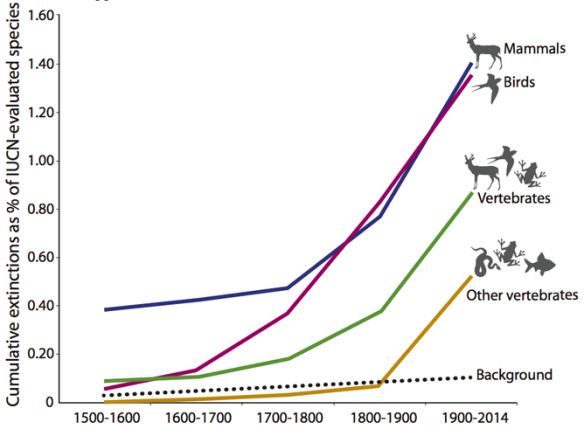
Source: Study published in the journal Science Advances (described by the authors as a “highly conservative estimate”).
Flattening the curves of carbon emissions and species extinction won’t be easy by any means, but what the coronavirus has showed us is that large-scale mobilization on a global scale is possible. It has even been described as a ‘war time effort’, which is exactly the kind of determination we will need to fight the climate crisis. That is in essence, what the Green New Deal is. The Green New Deal is a massive stimulus program put forward by Congresswoman Alexandria Ocasia-Cortez and Senator Ed Markey that would fast-track the transition to renewable energy and radically reduce emissions, while also addressing social issues like wealth inequality. The program would create millions of jobs by investing large amounts of money into renewable energy, energy conservation and public transportation. The legislation is modelled after the ‘New Deal’, an economic and social reform program designed by Franklin D. Roosevelt to help restart the economy in response to the Great Depression.

In order to fight the coronavirus and save lives, we often hear about making sacrifices for the common good. It is a narrative that comes up again and again in the media and from politicians. Climate change is quite the opposite to the coronavirus in that young people are most at risk, but similarly we should expect sacrifices made for us from older people. Yet time and time again our political leaders have shown us they are not willing to make sacrifices for future generations. They have shown us this by investing $12 billion into the construction of a new oil pipeline or $275 million to build a new gas plant, instead of spending that money on renewable energy. They have shown that they are only willing to make minor changes to their business-as-usual agenda, that they will listen to the advice of medical experts but blatantly ignore the echoing warnings from climate scientists for decades.
I know times like these are tough; many people don’t even want to think about things like climate change with all that’s going on. But the reality is it is not going away. Justin Trudeau even said it himself: “Just because we’re in one crisis right now doesn’t mean we can forget about the other one- the climate crisis we are facing as a world and as a country”. I don’t think I’m alone when I say I want to imagine a better world after this all over. If we wanted to, we could pass our own Green New Deal here in Canada to transform Alberta’s energy sector and put thousands of Canadians to work. In the meantime, we can start at home. You can honour Earth Day in whichever way you like- whether it be baking bread, planting a garden or listening to David Attenborough on BBC. That way we can all be a part of the change we want to see.
